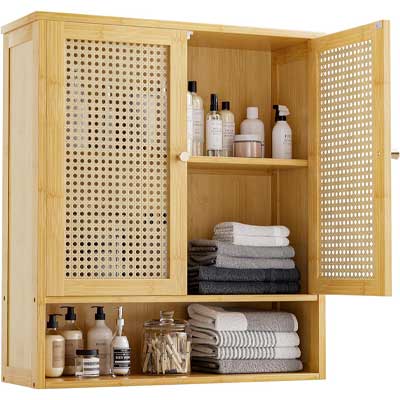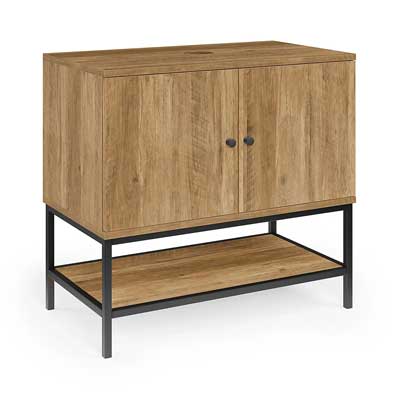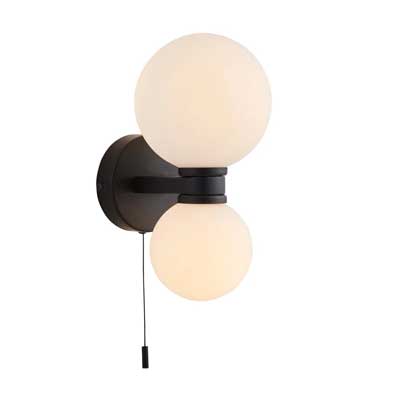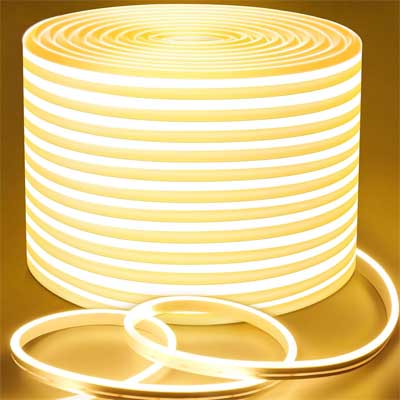All the questions you must ask a bathroom designer before getting started — or risk a bathroom makeover disaster
10 questions to put to your bathroom designer
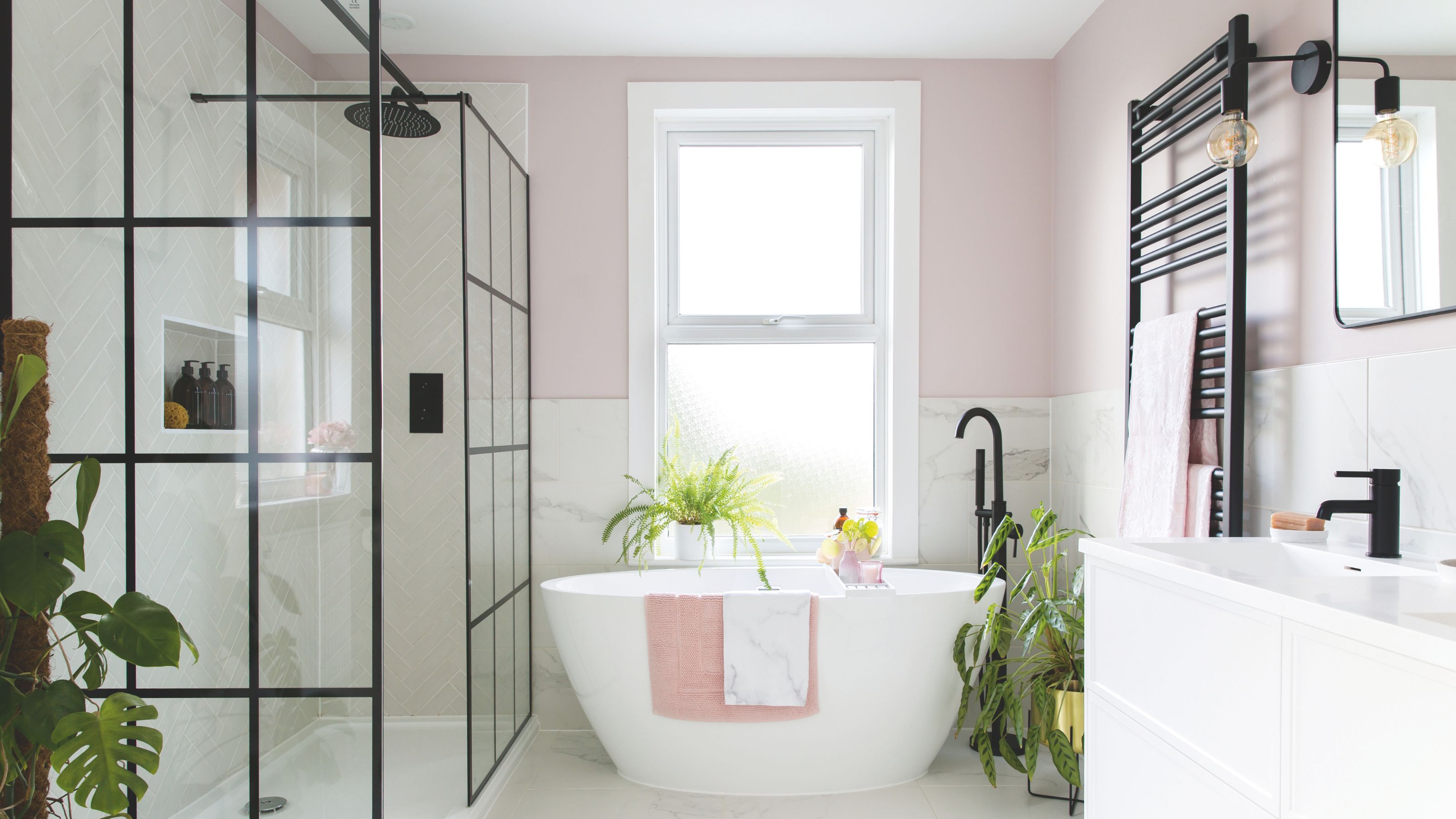

Planning a new bathroom is such an exciting project that will, hopefully, result in a spa-like sanctuary to wash away the stresses and strains of a long day or rejuvenate you for the one that lies ahead.
The thing is, even the most well-researched projects can veer off-track if you don't arm yourself with as much knowledge about planning a bathroom and the project ahead – and this is where your bathroom designer can help. To ensure you get the most out of their expertise, you need to know what questions to be asking to ensure you are 100% happy with the final outcome of all this hard work (and expenditure).
We reached out to the experts themselves to find out the exact questions homeowners should be asking their bathroom designer to make sure everyone is on the same page.
1. How much will my new bathroom cost?
Whether you are wanting to stick to budget bathroom ideas or are happy to splash out, you will still need to ask your bathroom designer what kind of costs you are facing. Perhaps even more important, though, is to make sure you are aware of any hidden costs that could crop up after you have been provided with a quote.
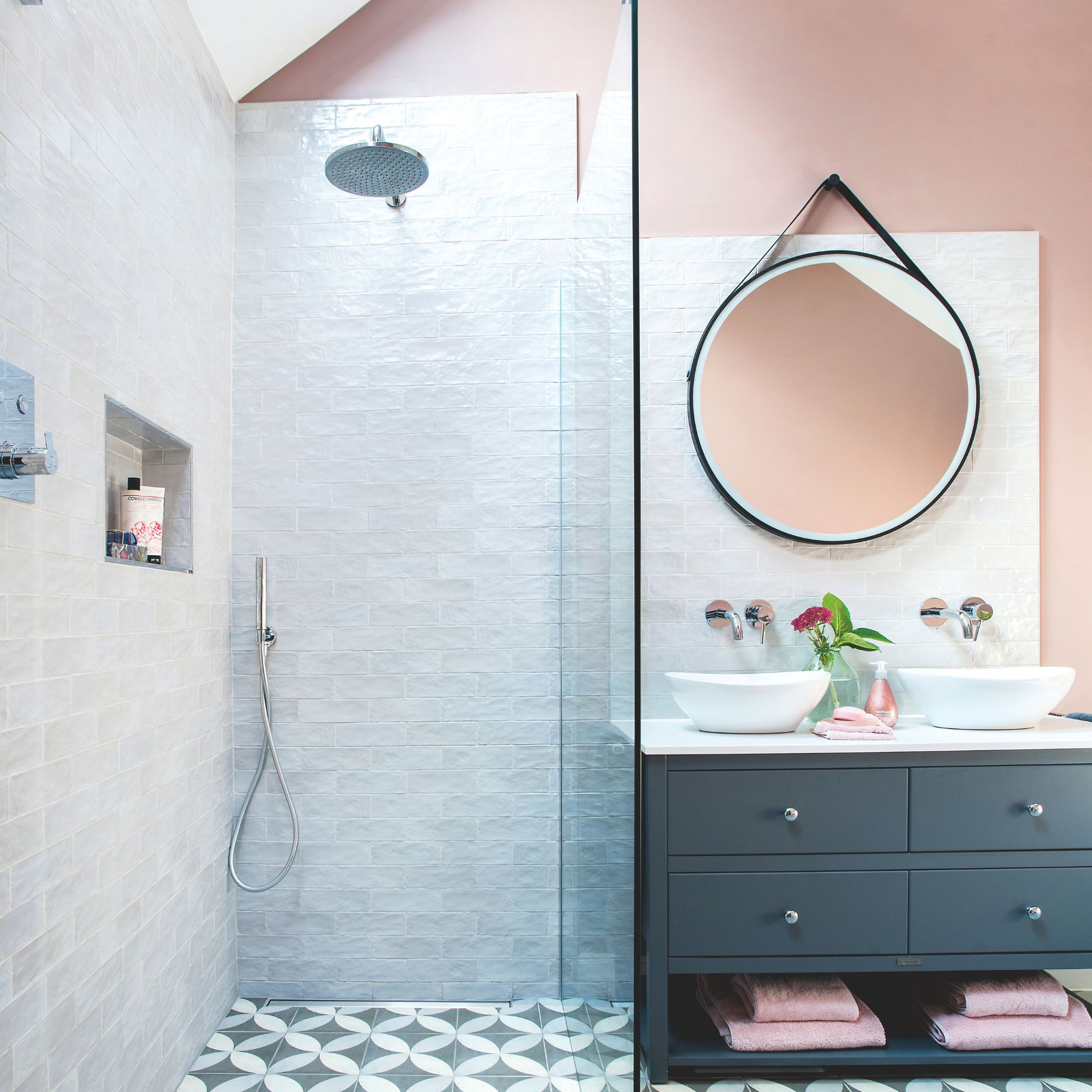
'Budget is a key factor when designing or redesigning a bathroom, so it’s good to remember that there are often hidden costs that can arise if pipework needs moving, or subfloors require reinforcing, so an important thing to ask you designer is what contingency budget they would recommend, and to highlight any areas where cost cutting could be detrimental,' advises Shamila Iqbal, director at Bathroom Mountain.
'Creating a new bathroom can be expensive,' continues Shamila. 'If you are hoping that your new design will provide longevity, ask your designer to think long-term and consider features such as accessibility – subtle planning now may save on costly renovations at a later date.'
2. Will there be enough bathroom storage for my needs?
When it comes to homeowners who have been there and done that, they always regret not asking more about the bathroom storage ideas before things kick off.
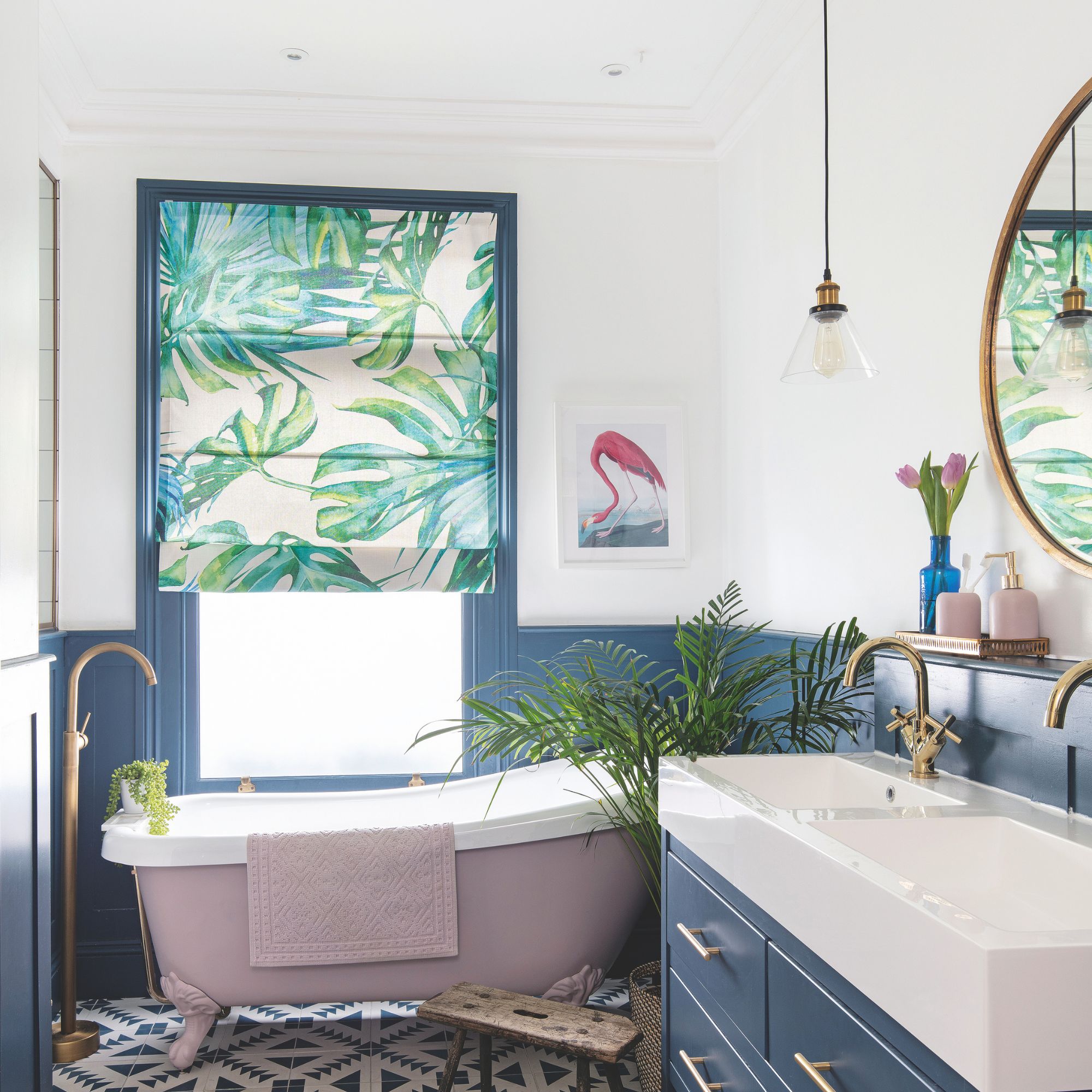
'With clients increasingly gathering their bathroom design inspiration from social media, it becomes apparent early on that not everyone can live like they lead us to believe,' begins Kirsten Wain, designer at West One Bathrooms. 'Whilst Instagram might allow people to believe we can live without an item out of place, that just isn’t realistic! Our biggest request from clients is for storage to be incorporated in the design.
'The first question is, how much do you actually need?' continues Kirsten. 'It's often less than you think – usually, after a good clear out, you can be more frugal.
'Consideration as to the location of the storage needs to be taken too. Where does it need to be in order to be practical for everyday use? Also, what do you need to store? If you have a lot of tall bottles, shallow drawers in a vanity unit will be useless. Likewise, if you have lots of small cosmetics, a deep drawer will be too vast,' further advises Kirsten.
'When it comes to choosing the type of storage there are some more inventive things you can consider,' explains Kirsten. 'Consider recessed storage in stud walls over basins or wall mounted toilets. Also, consider having a shaver socket within, for charging toothbrushes, which will mean no unsightly cables on show.'
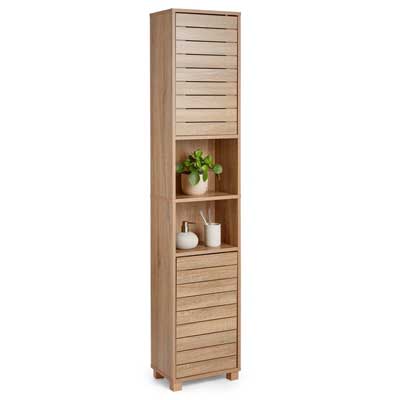
The tall, elegant design of this wooden cabinet would suit all kinds of bathroom schemes and provides plenty of storage space for anything from towels to toilet rolls. We also love that it has two open shelves for displaying your prized potions.
3. What is the best way to heat my bathroom?
One of the most common bathroom renovation mistakes is failing to give enough thought to how the space will be heated – so make sure you talk this through with your designer right at the start of the project.
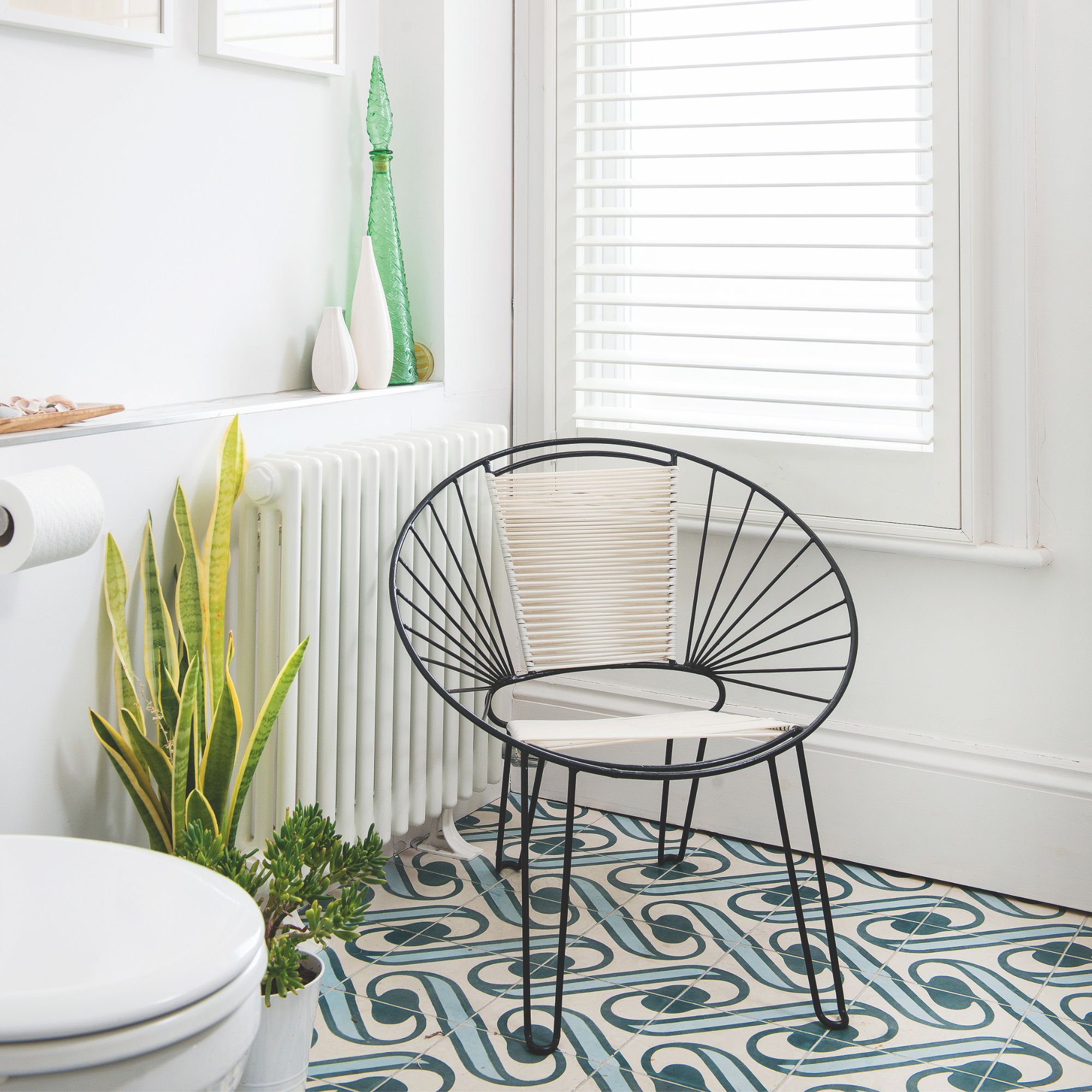
'With bathrooms, we need them to be cosy and warm, especially when having showers and baths so one area to carefully consider when designing a bathroom is how to properly heat it, as there are many models and options on the market,' says Richard Eaton, design manager at Tissino. 'There are a lot of factors to consider when working out the minimum BTU (heat output) you’ll need. Generally, bathroom radiators are measured in this way, so you’ll want to make sure the choice you make can heat your room fully.
'It isn’t a simple calculation, which is why there are many online tools that can help you to do this properly,' continues Richard. 'They will ask for dimensions of your room, any windows and their size, the insulation of the property, and what rooms are around the room you are looking to heat, this will then produce a minimum BTU.'
While understanding how to choose a bathroom radiator is important, don't forget to consider underfloor heating and its many benefits too – particularly if you are starting from scratch or carrying out more extensive renovation work.
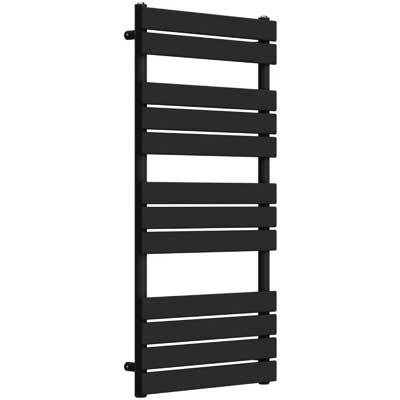
Black bathroom fittings are everywhere right now so this sleek black heated towel warmer is definitely one to consider. Its flat profile gives it a sleek, modern look and it has a BTU rating of 2261.
4. Do I have space for a bath in my layout?
You need to be realistic with your bathroom ideas – what works for your friend's space might well not be achievable in your own. This is particularly important when it comes to layouts and your available space – especially when deciding on whether or not you have space for both a shower and a bath.

'If you decide you’d like a freestanding bath – and who wouldn’t? – then there are several things you must think about during the design phase,' says Barrie Cutchie, design director at BC Designs. 'If you are using a bathroom design company, they have all the expertise to help you choose the best position for your freestanding bath. Depending on the size and shape of the room, there may only be one sensible location or several options. Take a look at the windows in the room – often, this is an awkward place to fit washbasins or WCs. Could your bath go under the window?
'If you have an alcove, corner or a feature wall, carefully positioning your freestanding bath here can set the space off beautifully. If you are lucky enough to have a huge space to work with, centring it in the middle of the room is a great option as it will create plenty of wow factor,' continues Barrie.
'If you have recently converted a loft, often there is limited space under sloping roofs. This can be the perfect opportunity to add a freestanding bath under the eaves – maximising space that was otherwise unusable.
'Finally, be sure to add an extra 100mm to length and width dimensions of the bath if it is going into a smaller gap,' adds Barrie. 'This 100mm gap means it is easier to maintain and clean the outside of your bath. You’d be surprised how many people go right up to the edges and forget about how they may need to clean.'
5. Are there any safety concerns I should consider?
While safety within areas with high moisture levels should always be a consideration, for those designing family bathroom ideas, it should be more of a priority than ever.
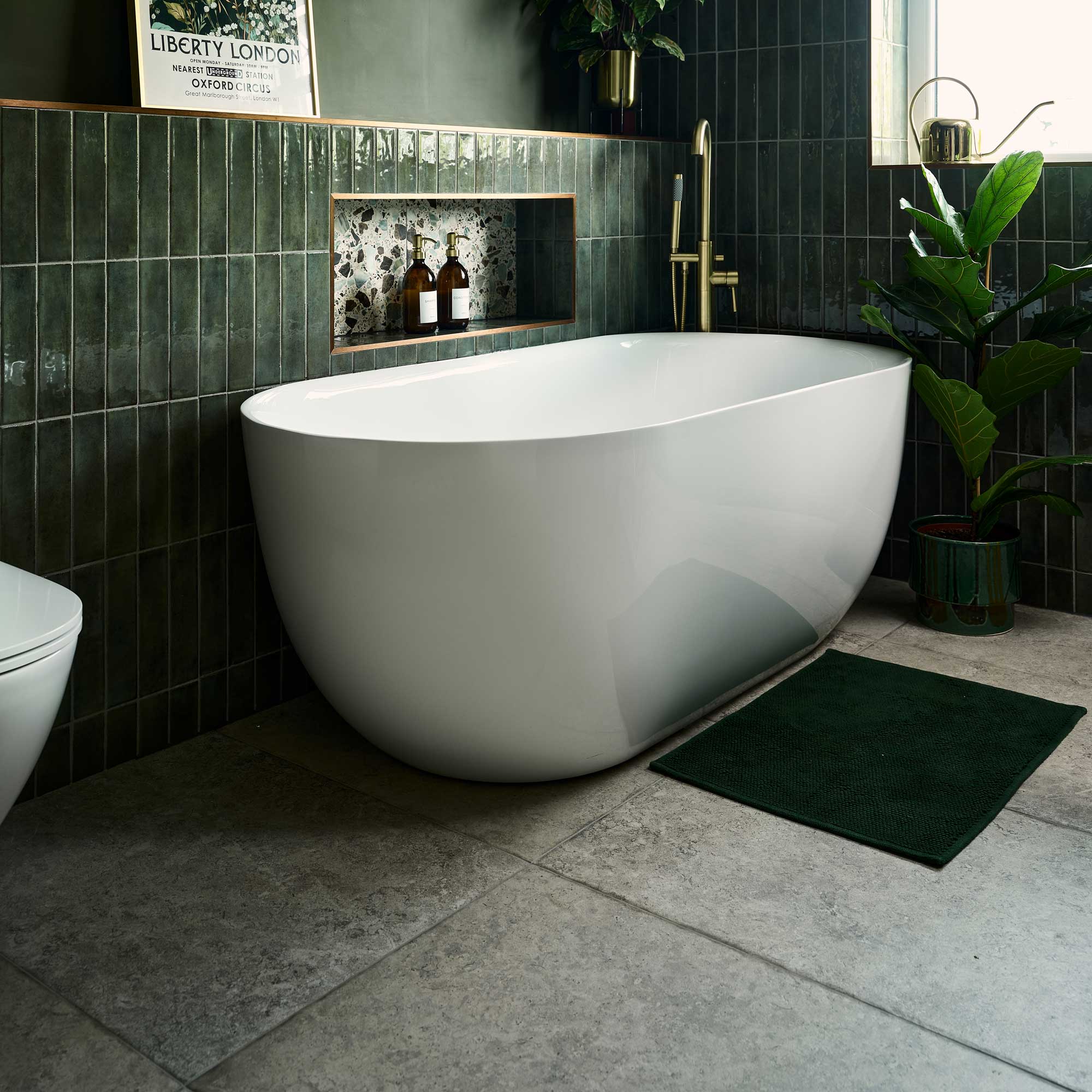
'You’ve spent hours pouring over samples, interior magazines and mood boards to pick the perfect tiles for your bathroom floor. There is so much to consider – colour, finish, pattern, shape, terrazzo, stone, porcelain, terracotta – the options are endless,' says Grazzie Wilson, head of creative at Ca’ Pietra. 'But have you considered how safe they’ll be when wet? Have you even heard of a slip rating? It is a hugely important part of the design process.
'How slippery stone or tiles are when wet is usually measured as either PTV or R-Rating,' continues Grazzie. 'Typically, R-ratings are being used more and more in the UK. There’s just one figure to watch out for – and most tiles fall between R9 and R11. The higher the number, the more anti-slip they are, so R9 and R10 tiles can be used anywhere in the bathroom, but R10 is a better option for wet rooms or tiled showers.
'If you can’t find the R number, but still want a floor that’s practical and safe, it’s worth considering small tiles and mosaics,' adds Grazzie. 'The more grout lines, the more texture, the less slippery they are – it really is that simple.'
6. Will my existing plumbing need upgrading?
This is a biggie – not only because it will have a knock on effect on your final costs, but also due to the fact that altering or swapping plumbing systems and moving pipework will mean the project will take longer and be more disruptive. This needs to be a question you ask before you look into shower ideas.
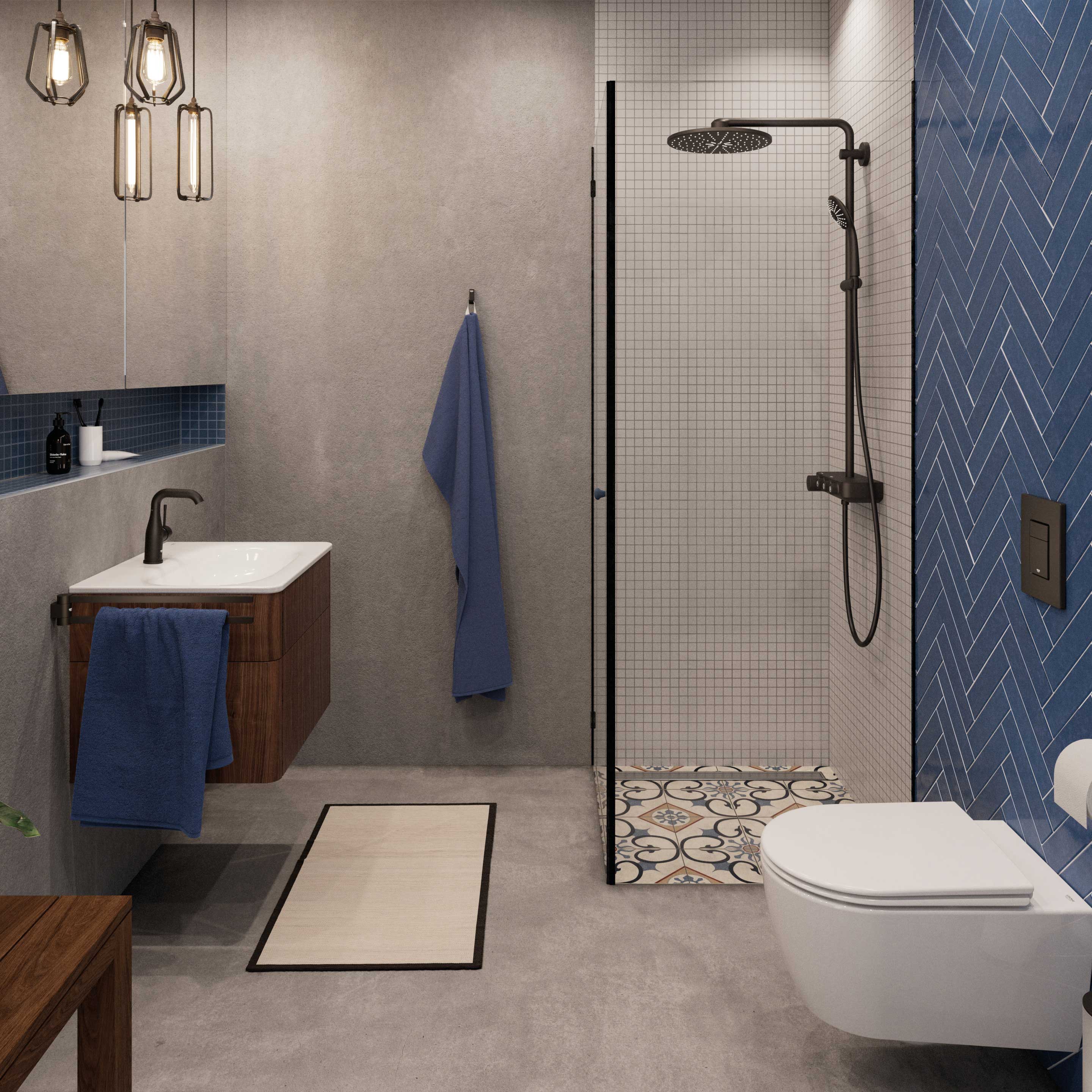
'If you’re dreaming of a rainfall showerhead, freestanding bath or multiple outlets, your existing plumbing may need an upgrade so always check with your designer if your current water pressure is sufficient for your chosen fixtures, and if adjustments are required for proper drainage,' advises Shamila Iqbal.
'As well as the position of pipework and plumbing, you’ll also need to know if your boiler has the capacity to generate enough hot water to fill a larger bath,' adds Barrie Cutchie. 'While we are at it, be sure to check the weight of your bath, including when it is full of water and with you in it. In older homes, it might be that you need to reinforce the floor.'
7. Is my ventilation up to scratch?
While you might have bathroom extractor fans in your existing bathroom, if they have been in position for some time, they may well need upgrading – and if you have no mechanical ventilation at all, this is something you definitely need to speak to your designer about.
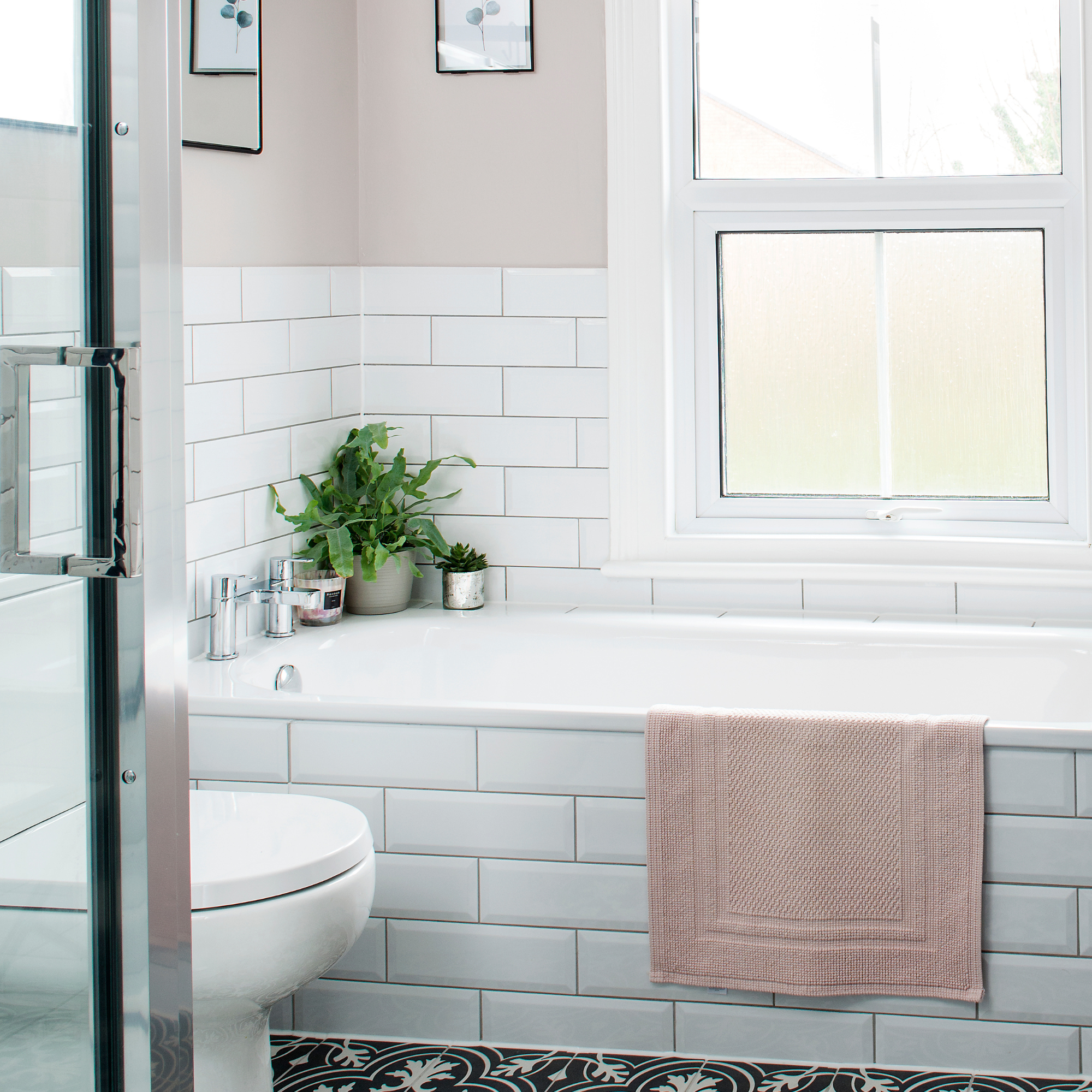
'Ideally a bathroom should have both natural ventilation (if possible) and an effective extractor fan system that meets the right airflow rate for the room’s size,' explains Shamila Iqbal. 'Check with your designer about continuous extraction options to keep the space fresh and mould-free.'
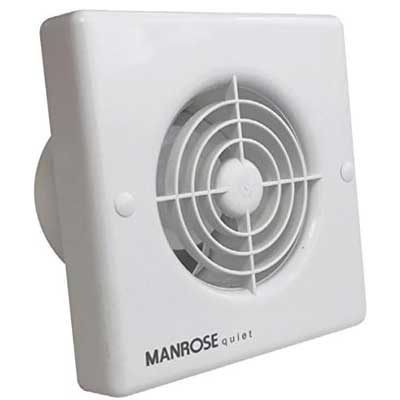
If you are after an extractor fan that doesn't sound like an aeroplane taking off, then this is the model for you. It is easy to install and subtle in its design – plus it offers great value for money.
8. What kind of window dressings suit humid environments?
The way in which privacy will be ensured in the bathroom is something that often gets overlooked – but if you have a window in your space, you are probably going to want to look at ways of covering it when the bathroom is in use.
'Bathrooms are naturally humid environments, and not all window coverings are equipped to handle constant exposure to moisture,' points out Sam Tamlyn, managing director of California Shutters. 'Over time, many materials may develop mould or degrade, making them unsuitable for these conditions.'
Many people looking for bathroom window dressing ideas actually choose to fit windows with etched or frosted glass. Alternatively, patterned self-adhesive window film makes a cost-effect and simple solution.
However, blinds and shutters are also well-worth considering. You do need to take care to choose materials that won't be ruined by the constant changes in humidity though.
'uPVC faux wood shutters from California Shutters are 100% waterproof and highly resistant to moisture,' points out Sam Tamlyn. 'Unlike curtains, shutters are made-to-measure and sit flush against the window, maximising space efficiency in what is usually a smaller room. When installed above a bath, shutters help prevent moisture build-up by allowing you to open the window for airflow while maintaining privacy, ideal for creating a relaxing and functional space.'
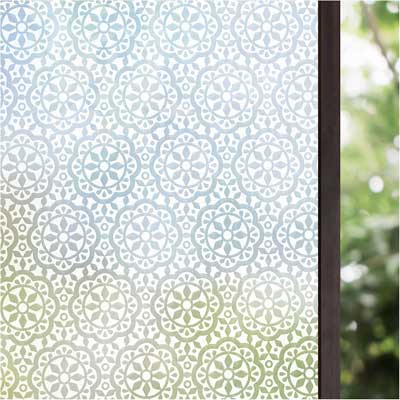
Turn your bathroom window into a feature while protecting your modesty with this easy-to-apply self-adhesive window film. It still allows light through too so your space won't feel gloomy.
9. How do I design the best lighting scheme for my bathroom?
The bathroom lighting ideas you opt for have a huge effect both on the practicality of the space as well as its appearance, yet all too often they are left as an afterthought.
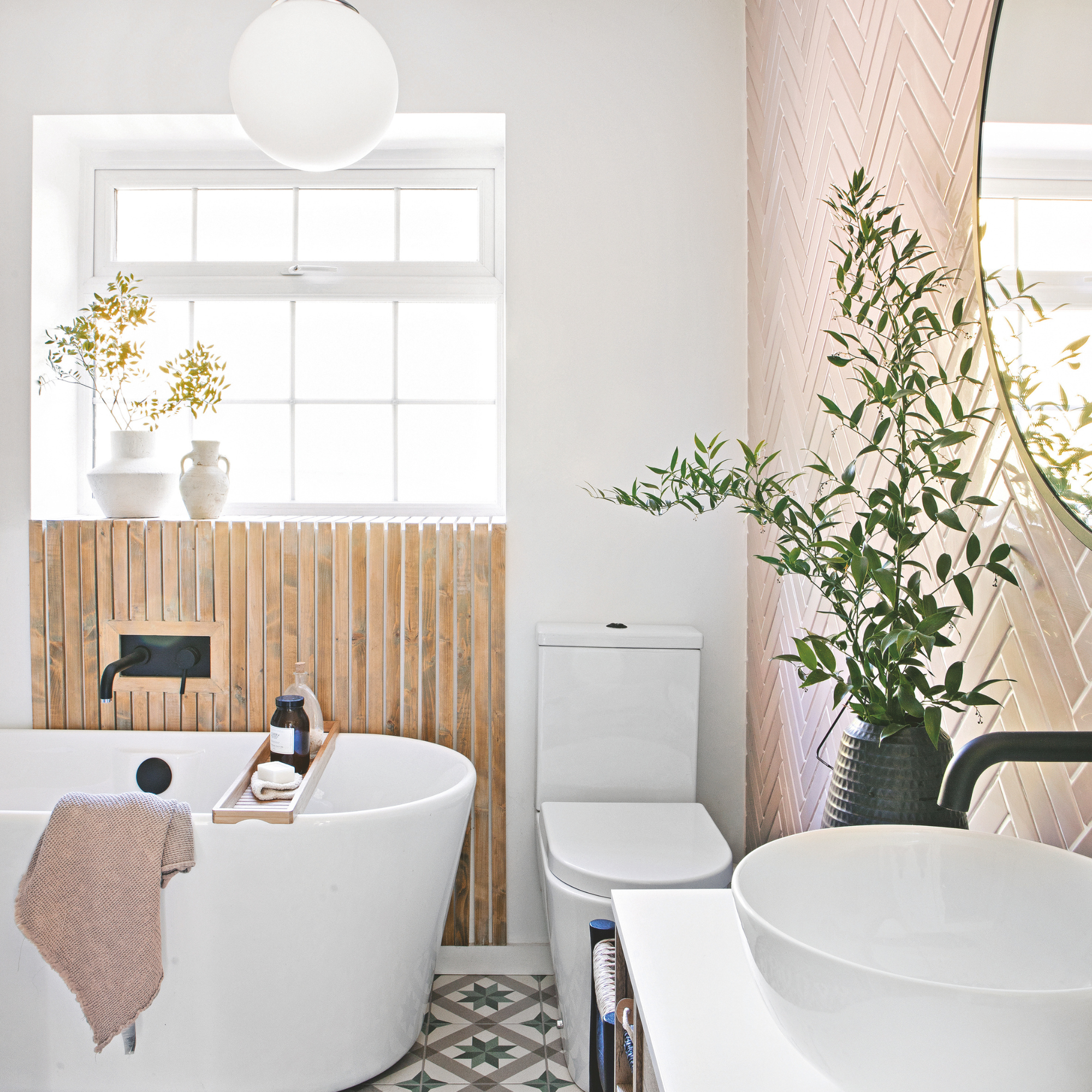
'The first level of lighting needed for all bathrooms will be either downlights or a central light. This is controlled by one switch and gives you the overall lighting needed for general use and cleaning,' explains senior designer Jo Sangster, from Ripples London.
'The next level of lighting is task lighting. This could include lighting within your mirror or wall lights either side of the mirror. Wherever possible, go for side rather than top lighting to give good overall lighting with minimal shadows – perfect for getting ready on dark winter mornings! Then consider mood lighting,' continues Jo.
'Low level lighting is key in a bathroom especially one with a bath or in an en-suite. This can be incorporated in soft spot lighting or strip lighting on top of recesses, by a bath or underneath a vanity unit. Having this on a separate switch means early mornings, late nights and even any middle-of-the-night trips to the bathroom are not disturbed by bright lights coming on.
'In a family bathroom, you may also want to consider a PIR (passive infrared) sensor,' adds Jo. 'As children get older they can then go into the bathroom at night on their own and lights will automatically come on. This is also great from an electricity-saving point of view.'
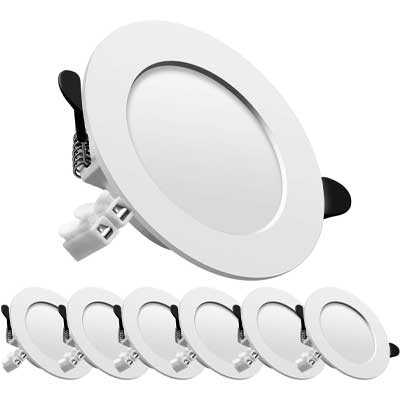
Recessed LED downlights are the ideal way to provide general lighting in a bathroom and this set of six offers brilliant value for money. Do consider where each should be placed and avoid an ill-planned grid pattern though.
10. How long does a bathroom renovation take?
This should be something you discuss with your bathroom designer right at the start of planning a bathroom, alongside the conversation you should have about where to spend and where to save on the bathroom. You need to know what lies ahead in terms of disruption and, if you only have the one bathroom, plan for how you will navigate this.
'On average, a bathroom installation takes around 3 weeks,' advises Jo Sangster. 'This is a surprise to a lot of clients as they often do not realise that a good installation team will need to strip the room back to the bare bones in order to transform it into a beautiful, finished bathroom.'
FAQs
How to choose a bathroom contractor/tradesperson?
Before you get your bathroom project off the ground you'll need to seek out a bathroom contractor, specialist or designer to turn your dreams into a reality, unless, of course, you plan on taking on the work on a DIY basis, which is not unheard of, particularly amongst those working on small bathroom ideas.
In truth the very best way to find a bathroom specialist is to speak to friends, family and neighbours who have had similar work carried out. If they were happy with the service and you are impressed by the results, contact whoever they used for the work.
Alternatively, visit showrooms and look for local companies or specialists online – just be sure to ask for references and look at examples of their previous projects.
Understanding the most important questions to ask your bathroom designer is vital, whether you are keen to avoid family bathroom layout mistakes, or designing a chic en-suite for your principal bedroom.
Get the Ideal Home Newsletter
Sign up to our newsletter for style and decor inspiration, house makeovers, project advice and more.

Natasha has been writing about everything homes and interiors related for over 20 years and, in that time, has covered absolutely everything, from knocking down walls and digging up old floors to the latest kitchen and bathroom trends. As well as carrying out the role of Associate Content Editor for Homebuilding & Renovating for many years, she has completely renovated several old houses of her own on a DIY basis.
You must confirm your public display name before commenting
Please logout and then login again, you will then be prompted to enter your display name.
-
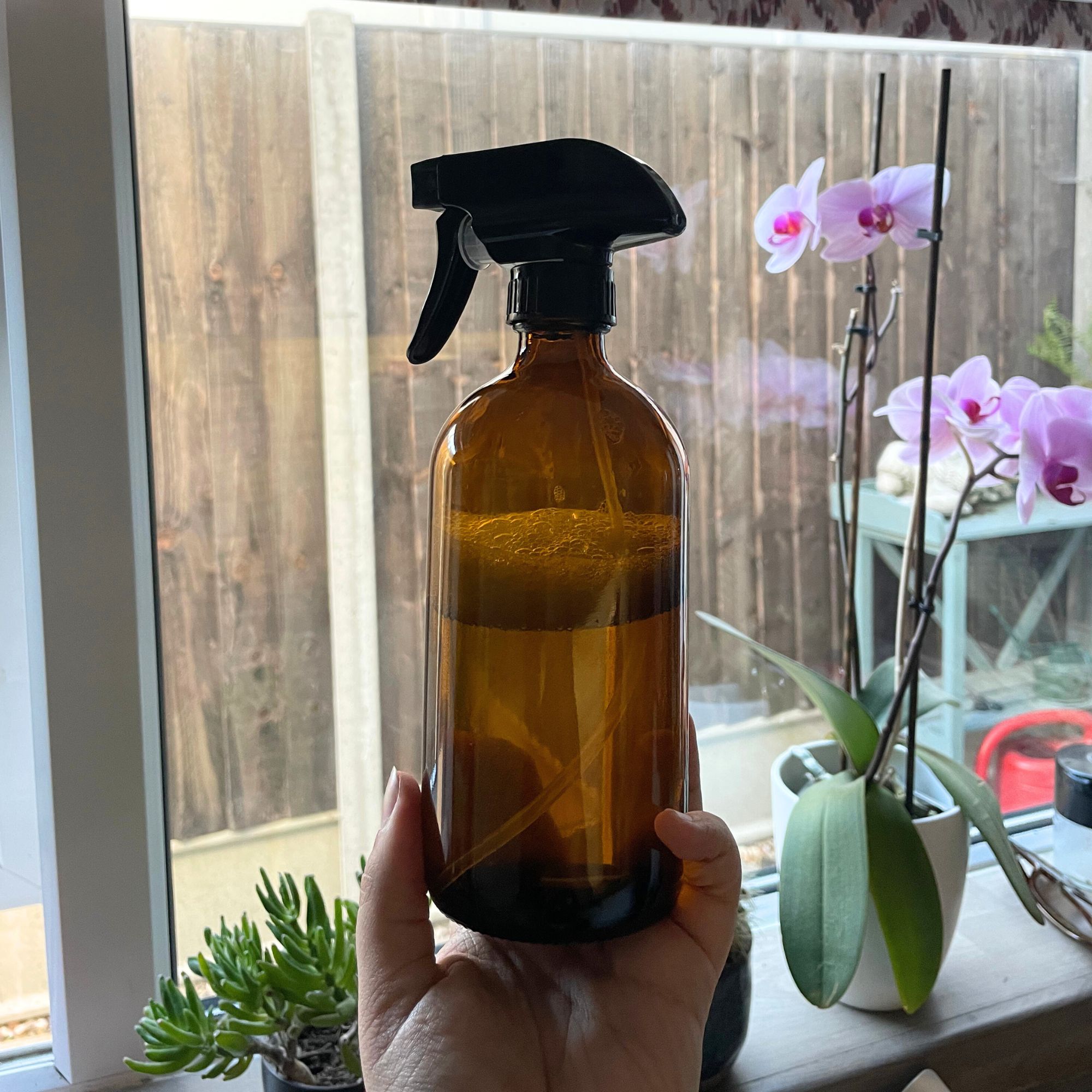 My mum introduced me to Nancy Birtwhistle’s ‘Pure Magic’ recipe - now I don’t think I’ll need to buy another cleaning product ever again
My mum introduced me to Nancy Birtwhistle’s ‘Pure Magic’ recipe - now I don’t think I’ll need to buy another cleaning product ever againI live in a hard water area, and it's the ONLY thing that's removed the limescale in my toilet
By Lauren Bradbury
-
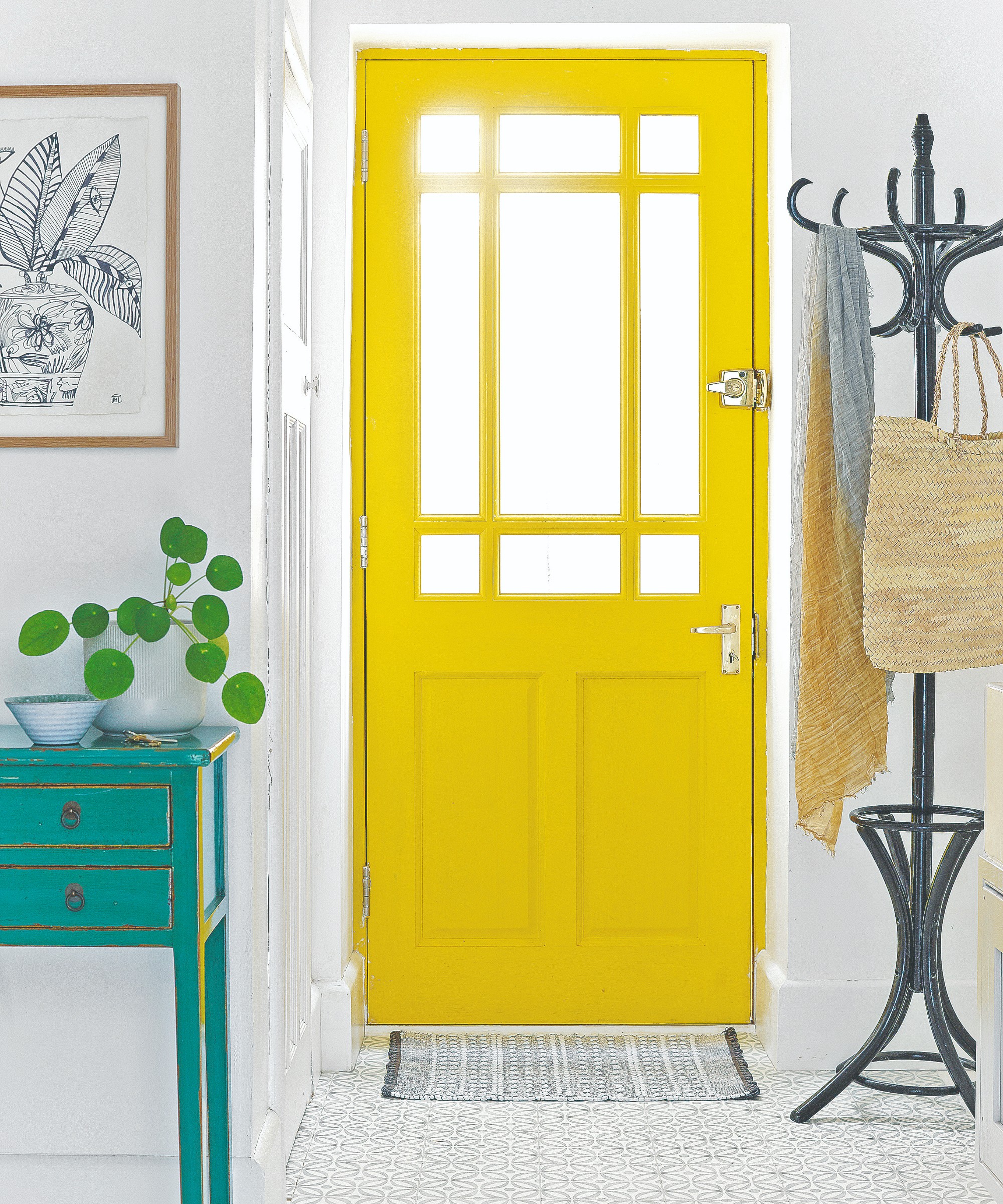 5 most welcoming colours to paint a front door, according to experts and colour psychology
5 most welcoming colours to paint a front door, according to experts and colour psychologySend out the welcoming vibes before the door is even open
By Ellis Cochrane
-
 How and when to fertilise peonies for bigger, brighter blooms, according to experts
How and when to fertilise peonies for bigger, brighter blooms, according to expertsFind out everything you need to know about fertilising peonies and how to boost their beautiful blooms for longer
By Lisa Fazzani
